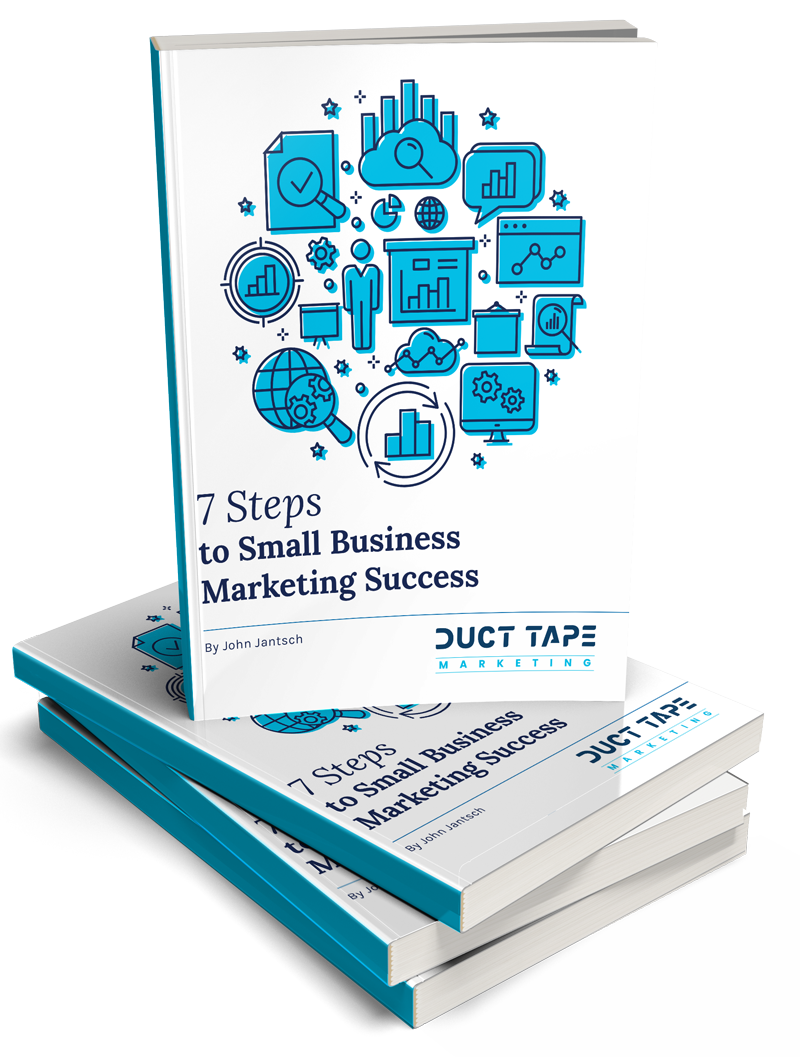Let’s just start with the fact that every business has a brand – regardless of size, product category or market share.

A brand is the collective perception of those that interact with your business – good, bad or indifferent though they may be, they still put their stamp on the overall experience and promise.
So, the only real question is how do you intentionally guide that stamp and promise so that people have an experience in line with what you want it to be.
In my mind, the ultimate mark of brand success is when the community that interacts with your brand, in any fashion, comes to define it using a single word. This takes work, it may take money, but it certainly takes systematic consistency.
If we are to define a brand, as I have above, as the collective perception of those that interact with your business, then it’s safe to say you must consider elements beyond the traditional marketing identity set.
Further, if we are to point the brand towards a single word, every element of the experience must be filtered through the lens of that word.
The first task then is to determine what that word is or should be. It’s an important first step because it must have the legs to support everything you do – perhaps every decision you make.
Ask your community
A great starting point is to measure what you community thinks your promise is today in their view. Start by casually asking 8-10 or your ideal clients what one word they would use if asked to describe your business to a friend.
You may find some consensus or you may find that your brand promise is apparently as muddy a farm pond in July. (For reference this is when the cows like to go swimming.)
If your brief research projects validates a word for you then your job is to simply exploit that word. If, however, you end up with soup variety, you must back up and determine where your brand promise is lacking or worse, careening off track. Start by mapping all the actual and potential touchpoints you have with prospects and clients and see if you can inject the promise of a single word into each.
Decide on owning a word
I decided long ago that the word I wanted to own was practical. First off, I saw an opportunity in the world of marketing because small business owners thought marketing was anything but practical. To me, this spelled an opening that I could charge into.
The fact that I actually enjoyed making seemingly complicated things simple was all the more reason to own practical.
A rose by any other name
One of the first elements of a brand promise might be your organization’s name and colors – so, in my case it was essential that we projected practical with leanings toward trust. This is an area that often leads to trouble because so many businesses are named without any thought of a brand promise – Acme Plumbing, a name likely chosen to get listed earlier in the phone directory comes to mind.
Style is a promise
Once past the obvious logos and typefaces the real impact of design starts to show. A sense of style says as much about the personality of a brand as it does about a person. Think about those people you know that always look sharp, not overly dressy, just somehow more tailored. That’s what paying for good design delivers. You don’t always know just why you like it, but you know it makes you feel good about something.
Cliche as it may be to point out, Apple, for example, is a design company as much as a tech company.
Decisions need a filter
Perhaps the most valuable element of this way of thinking is that it makes it easier to decide what to build, how to market it, how to talk about it, who to hire, and how to prioritize.
Every time I write a blog post I think practical. Every time we create a course or product, every time we take on a sponsor, and yes, every time we look for fit in who we hire.
This is how you build the brand promise into something you can keep rather than something that sounds kinda good.
Culture is brand
Finally, every way, shape and form your business comes into contact with your prospects and customers a marketing function is being performed. That’s every email, every phone call, every sales pitch, every help desk request and maybe even every cocktail reception down at the Chamber.
The brand promise is something your people must live as well. Obviously this starts with teaching, but it must be reinforced as you edit email templates with your people, as you go over responses to customers as you design powerpoint decks.
The most important job of the leader of an organization of any size – including an army of one – is to build, project and protect the brand promise and that begins and ends with using your one word as the basis for everything you teach your staff to do – it’s how you create more decision makers and leaders and that may just be the best brand promise you can make.



